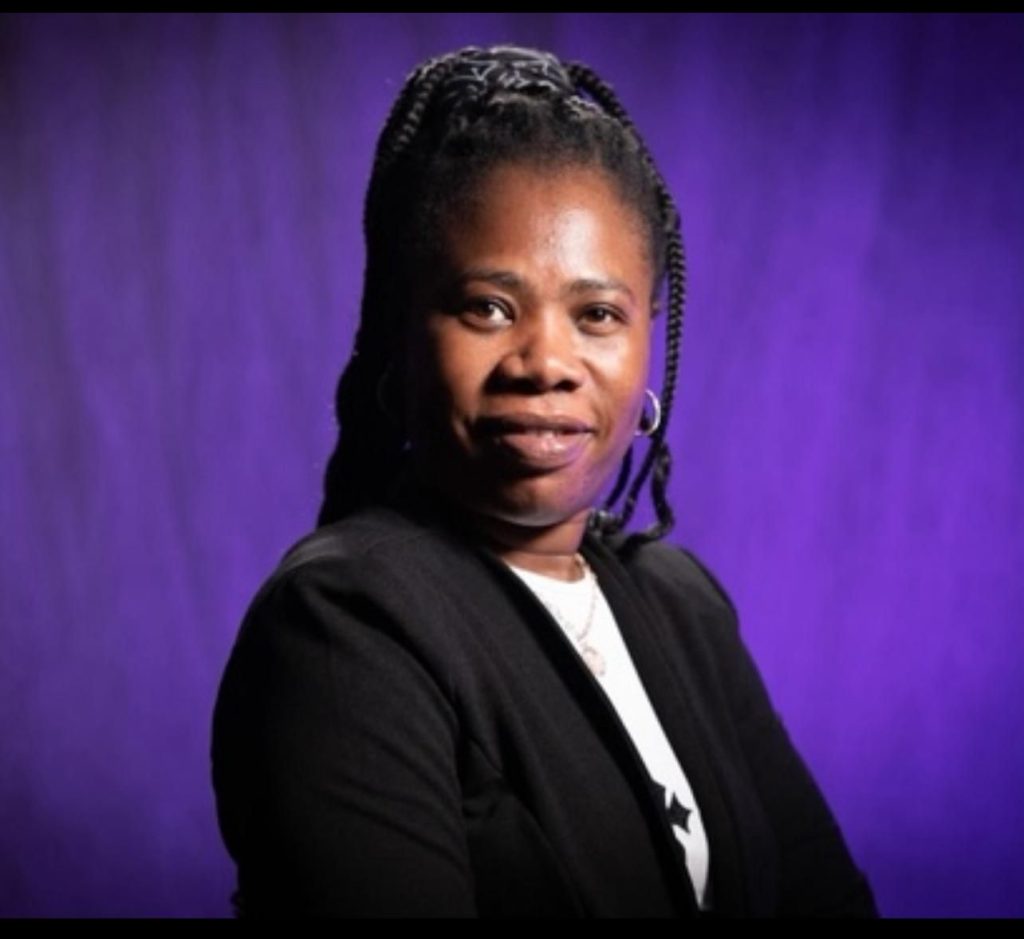Students with disabilities frequently encounter barriers in science education, limiting their opportunities for academic growth and professional advancement. This study explores how science can function as a tool for empowerment when paired with adaptive technology and teacher training in emotional intelligence. Using a qualitative case study design, the research examined eight disabled students, four science teachers, and two paraprofessionals in New Mexico Highlands University outreach schools. Data were collected through classroom observations, focus groups, and reflective journals. Results demonstrate that adaptive technology increased student independence, emotionally intelligent teaching enhanced participation, and inclusive group projects promoted leadership among disabled learners. The findings propose a new empowerment model that integrates science education, technology, and emotionally responsive pedagogy. This initiative moves beyond inclusion toward transformation, positioning disabled students as active leaders and innovators in science.
Keywords: Inclusive education, science empowerment, disabled students, adaptive technology, emotional intelligence, equity
Introduction
Science is often regarded as one of the most challenging disciplines due to its reliance on experimentation, memorization, and abstract reasoning. For disabled students, these challenges are magnified by systemic barriers such as inaccessible materials, insufficient teacher training, and limited resources. Despite these challenges, science has the potential to serve as a tool of empowerment—building confidence, problem-solving skills, and pathways for leadership.

This study introduces a new initiative: the integration of adaptive technology and teacher training in emotional intelligence within science classrooms. Unlike conventional approaches that merely provide access, this framework equips disabled students to lead, innovate, and thrive. The central research question is: How does inclusive science education, supported by technology and emotionally intelligent teaching, empower disabled students academically and socially?
Literature Review
Existing scholarship emphasizes the benefits of inclusive education, particularly when Universal Design for Learning (UDL) principles are applied in science classrooms (Smith, 2021). Assistive technologies—such as tactile diagrams, auditory simulations, and digital lab tools—have been shown to reduce learning barriers (Brown & Lee, 2020). Furthermore, research highlights the significance of emotional intelligence in teaching, where empathy, adaptability, and active listening foster supportive environments (Johnson, 2022).
However, most studies treat these strategies separately. Few have proposed a comprehensive model that combines technology, pedagogy, and teacher emotional intelligence to create empowering science classrooms. This study addresses that gap by presenting a case study of disabled students engaged in science learning under this integrated approach.
Methodology
This research employed a qualitative case study design.
Participants: 8 disabled students (3 visually impaired, 3 with dyslexia, 2 with hearing challenges), 4 science teachers, and 2 paraprofessionals.
Setting: Outreach schools associated with New Mexico Highlands University.
Tools: Adaptive science kits (3D-printed tactile models, auditory lab simulations), modified assessments, and emotional intelligence workshops for teachers.
Data Collection: Classroom observations, semi-structured teacher interviews, student focus groups, and reflective journals.
Analysis: Thematic coding to identify empowerment outcomes such as confidence, participation, and leadership.
Ethical clearance was obtained through informed consent from students, guardians, and participating educators.
Results
Three key themes emerged:
Empowerment Through Technology
Students using tactile and auditory tools demonstrated greater independence in experiments.
One visually impaired student successfully led a group project using 3D-printed models.
Confidence Through Emotional Intelligence in Teaching
Teachers who incorporated empathetic feedback and adaptive assessments observed increased classroom participation.
Students reported reduced anxiety and stronger motivation to engage in science activities.
Leadership Through Collaboration
Disabled students became active contributors and leaders in group-based science projects.
Peers recognized their input, reinforcing self-worth and agency.
Discussion
Findings confirm that science can serve as a tool for empowerment when inclusive strategies are intentionally applied. Adaptive technology addressed access barriers, while emotionally intelligent teaching created safe spaces for risk-taking and exploration. Importantly, group-based science activities enabled disabled students to demonstrate leadership and innovation.
This integrated approach proposes a new empowerment model in science education—one that shifts focus from accommodation to transformation. Rather than merely including disabled students, it equips them with agency to shape their own learning and contribute to scientific inquiry.
Limitations include the small sample size and the short duration of observation. Future studies should replicate this model in diverse educational settings and measure long-term academic and social outcomes.
Conclusion
This study demonstrates that science, when taught inclusively, can function as a transformative tool of empowerment for disabled students. The integration of adaptive technology, emotionally intelligent teaching, and collaborative learning not only improves academic outcomes but also fosters confidence and leadership.
The findings call on policymakers, school leaders, and educators to adopt this model as a framework for inclusive science education. Empowering disabled students in science is not merely a matter of equity—it is an investment in future innovators, problem-solvers, and leaders.
References
Brown, P., & Lee, A. (2020). Assistive Technology in STEM Education: Expanding Access for Students with Disabilities. International Journal of Inclusive Pedagogy, 14(2), 55–72.
Johnson, M. (2022). Emotional Intelligence in the Science Classroom: Teacher Strategies for Inclusive Practice. Journal of Educational Leadership, 19(1), 77–94.
Smith, R. (2021). Universal Design for Learning in Science Education. Springer.


